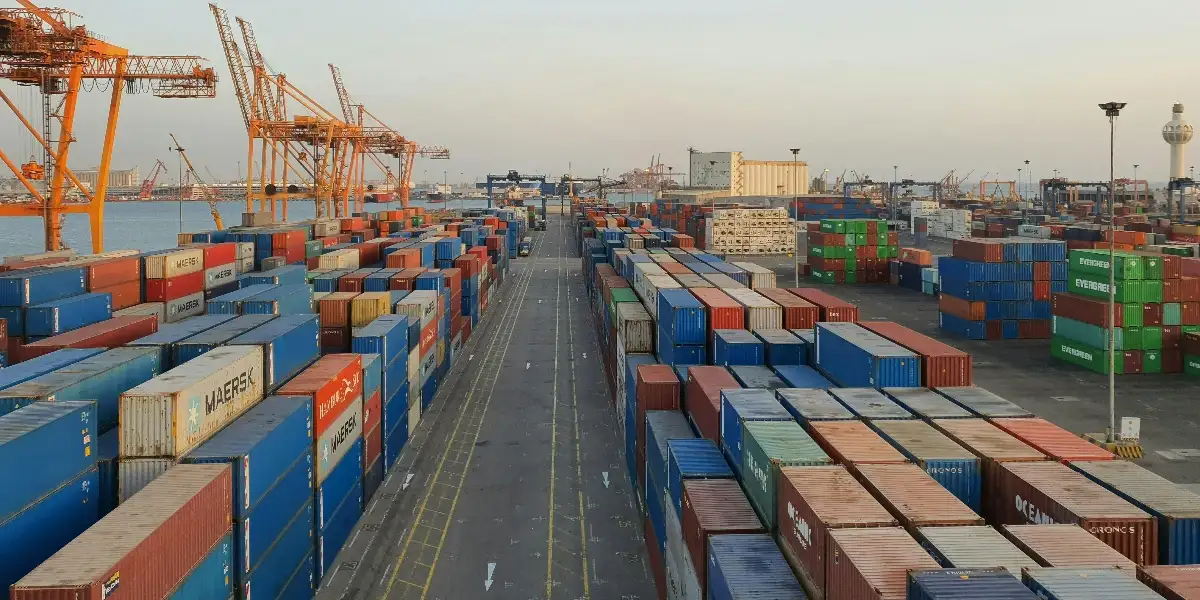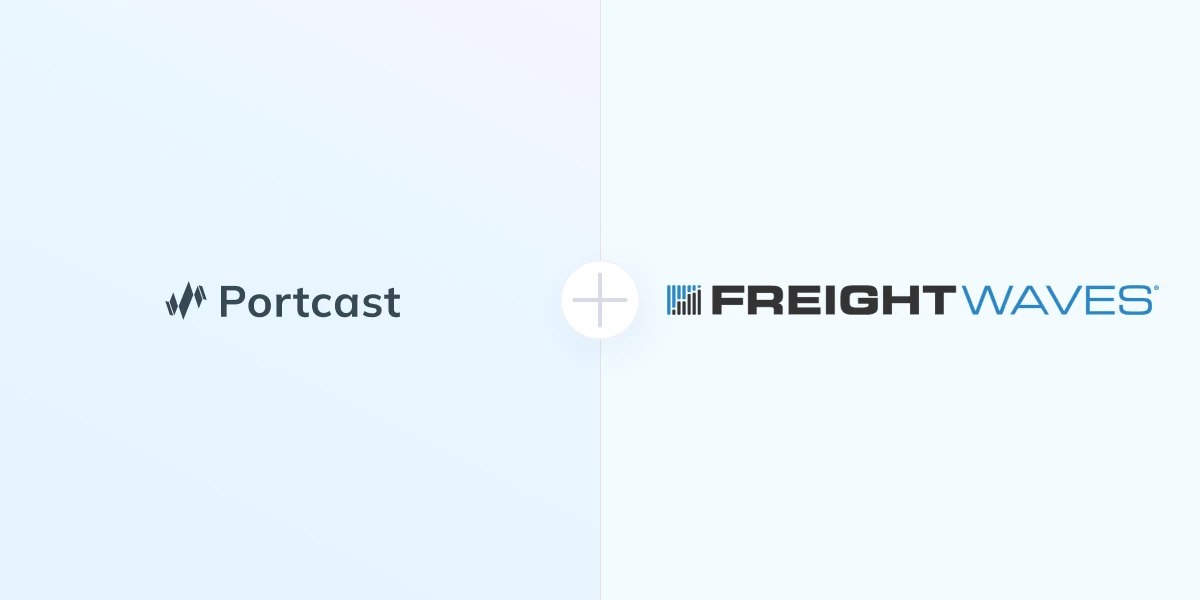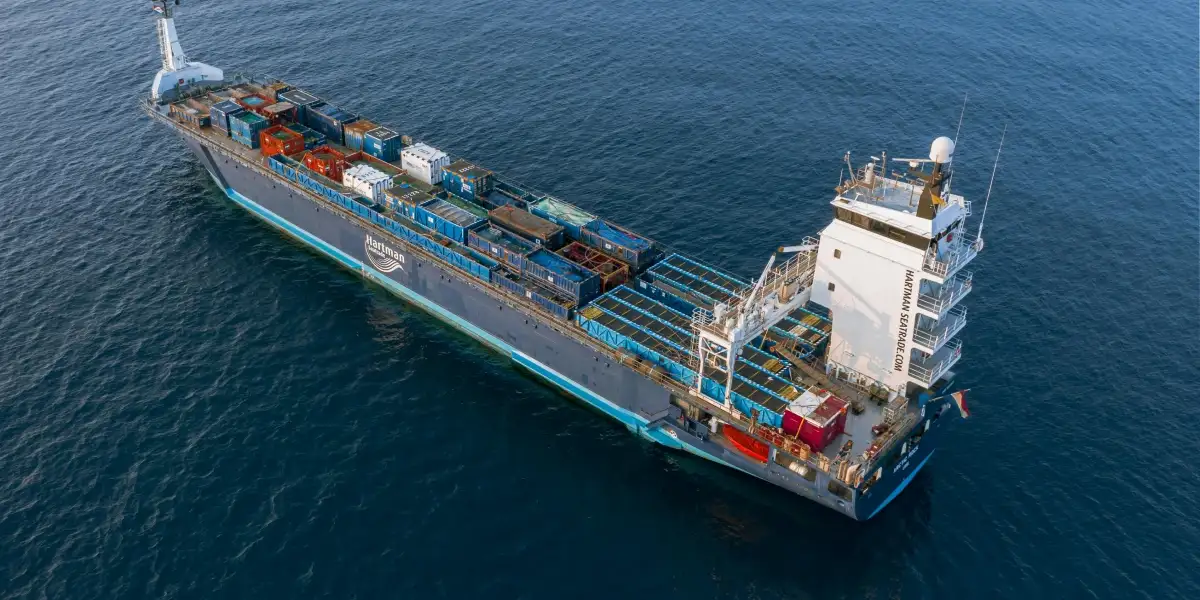The current supply and demand imbalance in the shipping industry is leading to an increase in blank sailings. Blank sailings occur when carriers opt to skip ports or entire legs of their scheduled voyages in response to fluctuating demand and capacity. This practice has significant implications, including delays in delivery times and placing strain on the relationships between retailers and customers who rely on timely order fulfilment.
Why Do Blank Sailings Happen?
Shipping companies decide to cancel or omit a scheduled voyage due to various factors. These factors may include seasonal fluctuations in demand, imbalances in trade flows, port congestion, labour disputes, adverse weather conditions, or unforeseen events like the COVID-19 pandemic.
Blank sailing aims to manage vessel capacity in response to these dynamic market conditions, preventing overcapacity and maintaining freight rates.
Impact of Blank Sailings on Business
Blank sailing poses significant challenges for businesses relying on ocean freight for their supply chain operations.
- It disrupts the timely delivery of goods, leading to potential stock shortages, production delays, and customer dissatisfaction.
- The uncertainty surrounding blank sailing makes it difficult for companies to plan and manage their inventory effectively.
- The lack of visibility on skipped ports and cancelled schedules creates additional costs for the shippers.
The Reason for the Current Blank Sailing Situation
During the months of March, April, and May, blank sailings were prevalent. In April, ocean carriers took proactive measures by implementing ad-hoc blank sailings in trans-Pacific vessel services to bolster spot rates. However, in May, carriers adopted a more consistent pattern and reduced the frequency of cuts.
This may seem puzzling — how can we observe a significant number of cancelled sailings without a notable decrease in deployed capacity? However, the explanation for this apparent contradiction is quite simple.
Carriers introduced numerous new scheduled sailings in 2021/2022 to meet growing market demands. However, supply chain bottlenecks caused many vessels to become stuck in port queues, rendering them unavailable for departure. This resulted in a significant number of cancelled sailings, despite the increased capacity on paper.
In any case, these blank sailings have prevented a further decline in spot rates by managing capacity deployments, which has been crucial in preventing freight rates from dropping below break-even levels for carriers.
June 2023: Blank Sailings at a Glance (Weeks 24 - 28)
Between June 12th – July 16th, the blank sailings for different alliances and trade routes are as follows as per Drewry report:
- In the major trade routes between East and West (Transpacific, Transatlantic, and Asia-North Europe & Med), 30 sailings have been cancelled out of 680 scheduled sailings, representing a cancellation rate of 4%.
- During this period, the highest percentage of cancelled sailings, 67%, will occur in the Transpacific Eastbound trade. The Asia-North Europe and Med trade will experience 27% of the cancellations, while the Transatlantic Westbound trade will have 7% of the sailings cancelled.
- Looking ahead to the next five weeks, THE Alliance has announced 14 cancellations; OCEAN Alliance has announced 7, and 2M has announced 4 cancellations. Additionally, non-Alliance services will have 5 blank sailings.
Although blank sailings have become more organised compared to the previous ad-hoc cancellations adopted by carriers earlier this year, they are still being implemented as a means to stabilise market rates and create upward pressure on rates in specific trade routes. The overall surge in market demand, supported by carriers' implementation of blank sailings, is driving higher rates. Here is a summary of the current ocean freight rate situation for Asia-Pacific exports in June 2023.
Why Blank Sailings Might Continue
1. The impending dissolution of the 2M alliance, set for 2025, will likely intensify the competition. For instance, MSC has already announced a new Asia-Mediterranean service without Maersk.
2. Amidst an already heightened influx of deliveries, the growing demand for vessels fuelled by green methanol will increase supply. Leading carriers such as CMA-CGM, Hapag-Lloyd, and COSCO have recently placed orders for these eco-friendly vessels. The larger fleet size poses an additional challenge in achieving market equilibrium, potentially prompting carriers to implement more blank sailings as a response.
3. Earlier this year, it was expected that proactive steps like consolidation and effective alliances between ocean carriers would help deal with the supply-demand gap and further help in stabilising the dropping freight rates. However, as carriers failed to manage capacity to stabilize the freight rates, suffering heavy losses, things may have gotten out of control for them. To fix this issue, many carriers may continue to blank their sails.
Here's a list of a few carriers and their cancelled voyages for weeks 24-26.
How to Mitigate the Effects of Blank Sailing
While blank sailing remains a complex challenge, a proactive and agile approach will empower businesses to minimise the negative impacts and maintain resilient supply chains. For instance:
- Getting weekly reports of blank sailings across carriers to know what’s happening and responding swiftly to changes.
- Evaluating different shipping routes and considering transhipment options can help navigate around congested ports or regions experiencing frequent blank sailings.
- Implementing robust supply chain management systems and technologies is vital. Leveraging real-time tracking and visibility tools can enhance transparency and enable better decision-making in response to blank sailing events.
- Utilising predictive analytics can also assist in forecasting potential blank sailing scenarios and developing proactive mitigation strategies.







